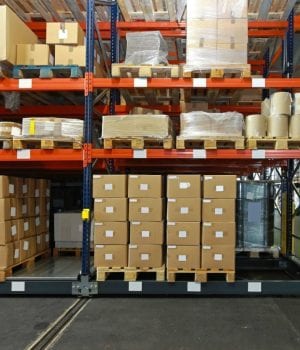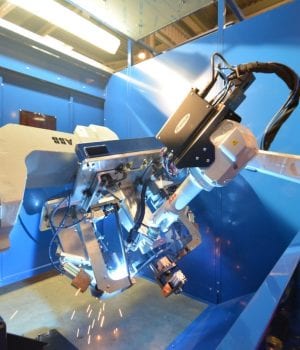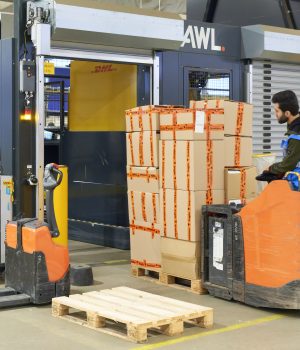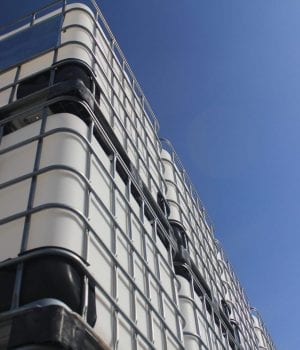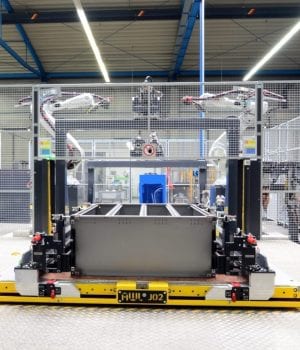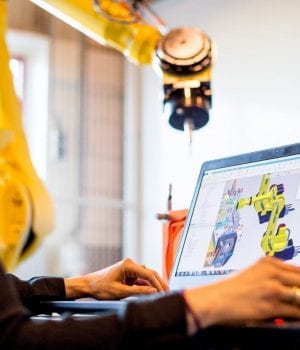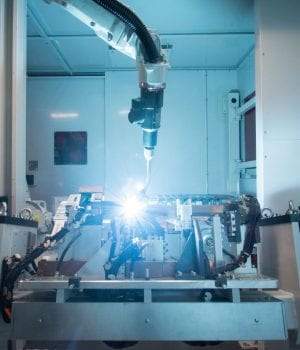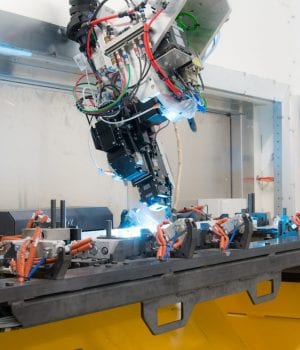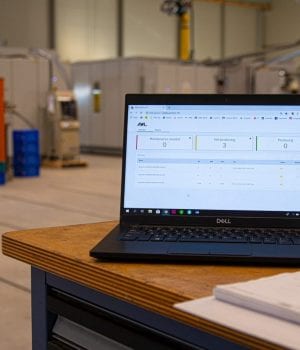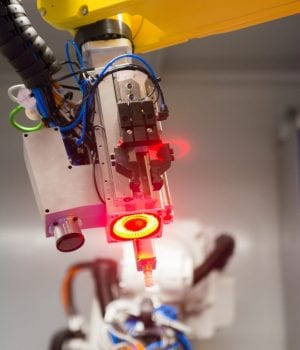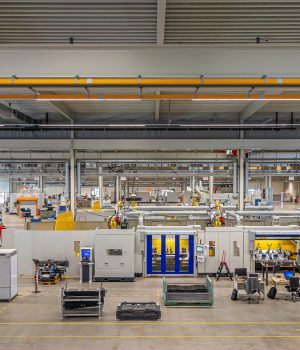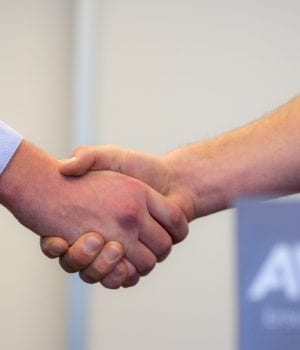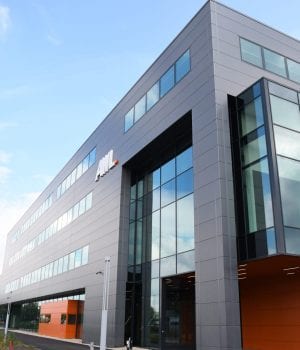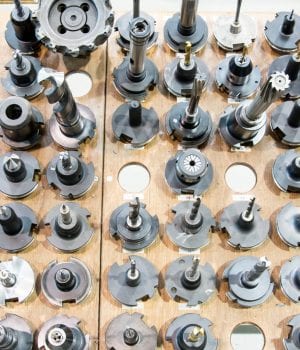Lightweight solutions with aluminum welding
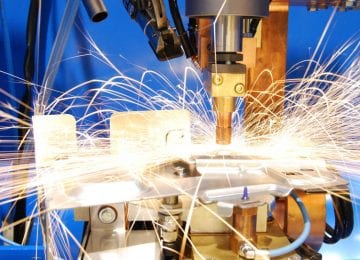
Published on: Oct 2, 2018
An important challenge in the automotive industry is to reduce CO₂ emissions of vehicles. If a car is 10% lighter, CO₂ emissions will lower by 5-7%. A good way to lower the weight of a car is to use aluminum sheet metal in the body in white (BIW) and doors. It is therefore expected that the demand for joining applications for aluminum will grow. To prepare for this development, AWL is constantly investing in research into aluminum spot and laser welding.
Aluminum is lighter than steel and more affordable than fiber-reinforced plastics or magnesium. It is predicted that the use of aluminum for BIW and door applications will double by 2020. Also the rise in popularity of electric cars increases demand for light-weight solutions, increases the range of the vehicle and compensates for the weight of the batteries.
Promising technologies
To join aluminum, spot and laser welding are promising joining technologies. Spot welding because it is a frequently used technology in the automotive industry and laser welding because of the high welding speed. However, several challenges were first needed to overcome, which is why the R&D department of AWL carried out research on both welding technologies.
Challenges
One of the challenges in laser welding aluminum is hot cracking. This is a longitudinal cracking of the weld during solidification. Challenges for spot welding are hot and cold cracking and the limited lifetime of the electrodes. Before we were prepared to build machines for aluminum spot and laser welding, we wanted to determine whether this was technically feasible by means of testing. Could we deal with these problems and how? Yes we can!
Battery rack project
One of our customers had received an order for parts of a battery rack. This battery rack consisted of a combination of forged aluminum parts and extruded aluminum profiles. The designated welding process for these parts was laser welding. An additional challenge was the variable gap between the parts that had to be welded. Given the material used and possible inconsistent gaps between the single parts, it soon became clear that an additional cold wire was necessary for a stable welding process. Laser was the only possibility due to the low heat input and the required clean weld without welding spatters. After implementation we proved to the customer we could bridge the different gaps without changing the weld parameters. Because of this we achieve a reliable welding process and a good weld quality. This was key to make this project successful!
We are able to help our customers with their light-weight challenges. In addition, we are also seeing further developments in the application of aluminum welding e.g. in battery technology. AWL has already stepped into this development with our first aluminum battery project.
You will also like these blogs:.
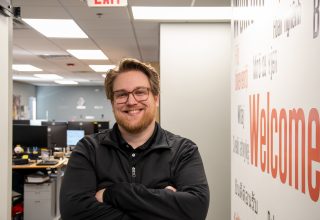
Meet The People | Jorgan Newell: From Sales Engineer to Engineering Team Lead at AWL US
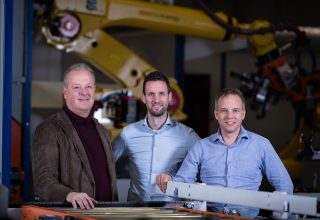
New co-CEOs at AWL as of January 1, 2026
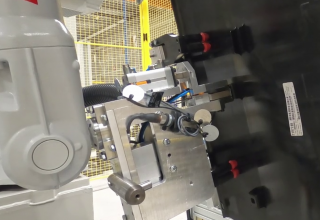
Small footprint, big impact: automating sideskirt clipnut assembly


